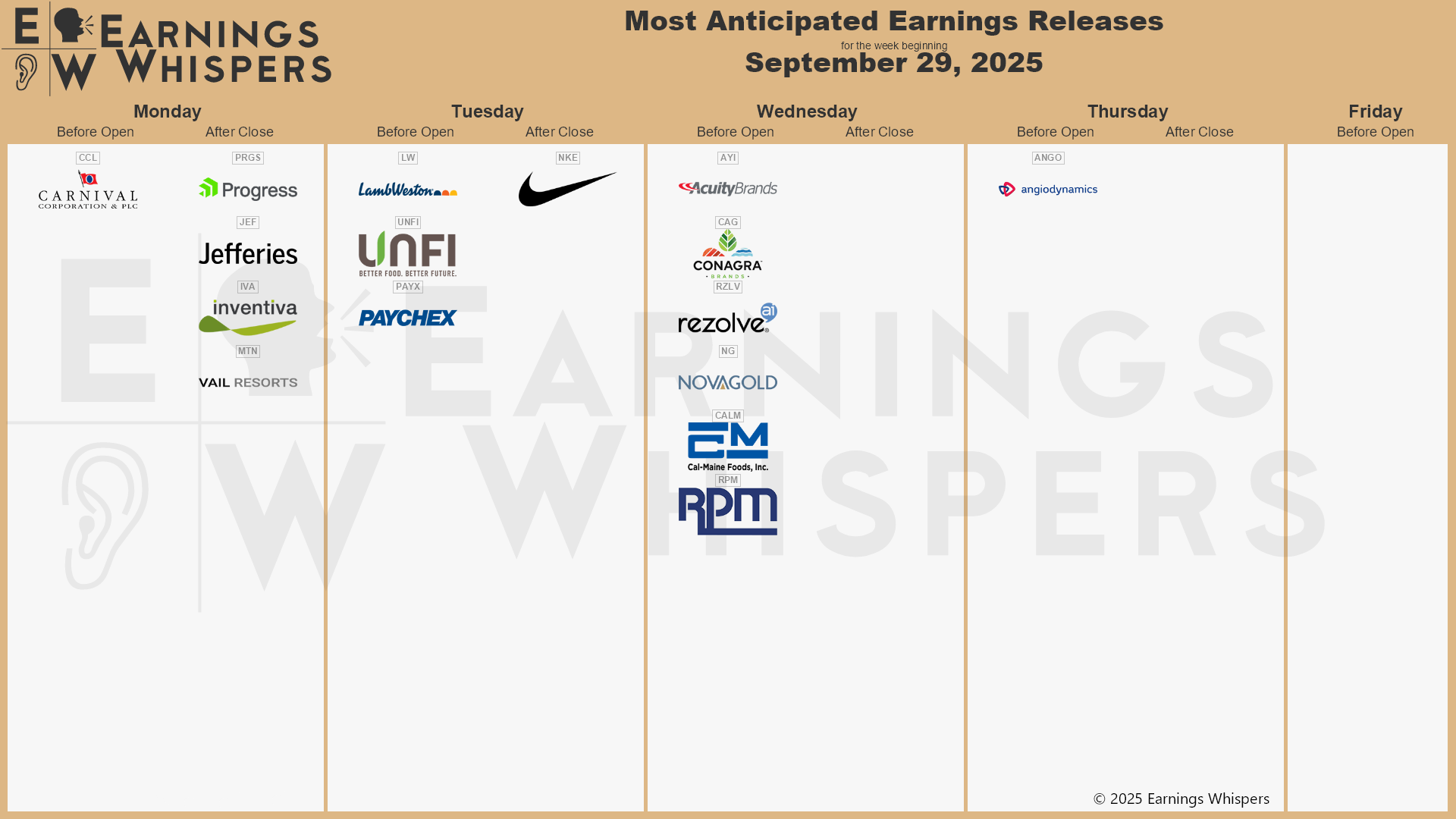Don’t Forget the IRS Wants Their Cut
Every December, the same thing happens. Someone calls in a panic because they just realized, usually on December 29, that they forgot to take their required minimum distribution, or RMD. The tone is always the same. Frazzled, rushed, a little embarrassed, followed by the inevitable question: can we fix this before the deadline?
It reminds me of when my kids were little and we’d leave a toy behind at the park. The panic was real in that moment. But the difference is, the IRS doesn’t get distracted by an ice cream truck. Miss an RMD and the penalty is 25 percent of the amount you should have withdrawn. That’s not a slap on the wrist. That’s the IRS lighting your wallet on fire.
What RMDs Really Are
RMDs exist for one reason: Uncle Sam wants his cut. You got a tax break when you put money into your IRA or 401(k). That money grew tax-deferred for years, maybe decades. At some point, the government wants those dollars back in circulation, and more importantly, taxed.
If you were born before 1960, you have to start withdrawals at age 73. If you were born after, you get until 75. Your very first one is due by April 1 of the following year, and every one after that must be taken by December 31.
If you’ve inherited an IRA, the rules are even messier. Before 2020, many beneficiaries could “stretch” withdrawals over their entire lifetime. That meant the tax hit was spread out. After the SECURE Act, most adult children now have to empty the account within 10 years. Sure, you could wait until year ten, but that usually means a monster tax bill all at once, which can shove you right into the highest tax bracket.
Why RMDs Deserve More Strategy Than Panic
The biggest mistake I see is people treating RMDs like a box to check. Take the money out, pay the tax, move on. That mindset ignores the ripple effects.
Your RMD shows up as taxable income. That can push you into a higher tax bracket, it can increase your Medicare Part B and D premiums, and it can make more of your Social Security benefits taxable. These aren’t small ripples either. They can reshape your entire financial picture.
This is also where many advisors drop the ball. They love to talk about what fund to buy or how to “beat the market,” but they don’t plan for how your distributions show up on a tax return. They rarely coordinate with your accountant. That disconnect costs real money, year after year, and most people never realize it.
Where Wealth and Taxes Meet
At Forefront, we built wealth and tax under the same roof because separating them makes no sense. RMDs are a perfect example of why. We don’t just remind you to take your RMD so you avoid the penalty. We look at the whole tax picture and decide when and how to take it so you keep more of what you worked for. We talk with your accountant or handle it ourselves so the strategy doesn’t die on paper. We also look for opportunities like Qualified Charitable Distributions, which let you satisfy your RMD without paying tax if giving is part of your plan.
This isn’t about doing the bare minimum to keep the IRS off your back. It’s about managing your wealth in a way that keeps more in your pocket and less in theirs.
A Steak and a Plan
Think of it like grilling a steak. If you watch it carefully, manage the timing, and pull it off the heat at just the right moment, you’ve got something great. If you ignore it, you end up chewing cardboard. The grill doesn’t care. Neither does the IRS. But you’ll feel the difference.
If your advisor isn’t helping you manage both wealth and taxes together, you need to ask yourself why. And if you aren’t even sure whether you have RMD obligations, that’s an even bigger red flag. Waiting until late December to figure it out is a dangerous game. The cost of guessing wrong isn’t just stress. It’s real dollars lost to penalties, higher premiums, and bigger tax bills.
Sources
- FOMC Statement, Sept 17, 2025 U.S. Internal Revenue Service, “Retirement Topics – Required Minimum Distributions (RMDs),” IRS.gov.
- Forefront Wealth Planning, New Year, New Rules (discussion of SECURE Act 2.0 changes to RMDs, including updated ages and inherited IRA rules).
- U.S. Congress, SECURE Act of 2019 and SECURE 2.0 Act of 2022.
Stock market calendar this week:
| Time (ET) | Report |
| MONDAY, SEPT. 29 | |
| 7:30 AM | Federal Reserve governor Christopher Waller speech |
| 10:00 AM | Cleveland Fed President Beth Hammack speech |
| 10:00 AM | Pending home sales |
| 6:00 PM | Atlanta Fed President Raphael Bostic speech |
| TUESDAY, SEPT. 30 | |
| 6:00 AM | Federal Reserve Vice Chair Philip Jefferson speech |
| 9:00 AM | Boston Fed President Susan Collins speech |
| 9:00 AM | S&P Case-Shiller home price index (20 cities) |
| 9:45 AM | Chicago Business Barometer (PMI) |
| 10:00 AM | Job openings |
| 10:00 AM | Consumer confidence |
| 1:30 PM | Chicago Fed President Austan Goolsbee speech |
| WEDNESDAY, OCT. 1 | |
| 8:15 AM | ADP employment |
| 10:00 AM | Construction spending |
| 9:45 AM | S&P final U.S. manufacturing PMI |
| 10:00 AM | ISM manufacturing |
| TBA | Auto sales |
| THURSDAY, OCT. 2 | |
| 8:30 AM | Initial jobless claims |
| 10:00 AM | Factory orders |
| 10:30 AM | Dallas Fed President Lorie Logan speech |
| FRIDAY, OCT. 3 | |
| 8:30 AM | U.S. employment report |
| 8:30 AM | U.S. unemployment rate |
| 8:30 AM | U.S. hourly wages |
| 8:30 AM | Hourly wages year over year |
| 9:45 AM | S&P final U.S. services PMI |
| 10:00 AM | ISM services |
| 1:40 PM | Federal Reserve Vice Chair Philip Jefferson speech |
Most anticipated earnings for this week

Did you miss our last blog?
Fed Cuts, Mortgage Rates Climb: What It Means for You
About Amit: I am a first generation American, the son of a working-class Indian family, and I lived through my parents’ struggle to find their place in this country, to put down roots that would sustain them as well as their children in a new land. As they encouraged me to excel in school and fostered my hobbies and interests, I was keenly aware of the dynamic between them. I understood that there was a difference between where they came from individually and where we were now. They worked hard in their individual capacities, but they weren’t always on the same page about financial issues – and that can make or break a family’s future. I didn’t know it at the time, but this laid the groundwork for my passion towards financial services and helping families succeed.

